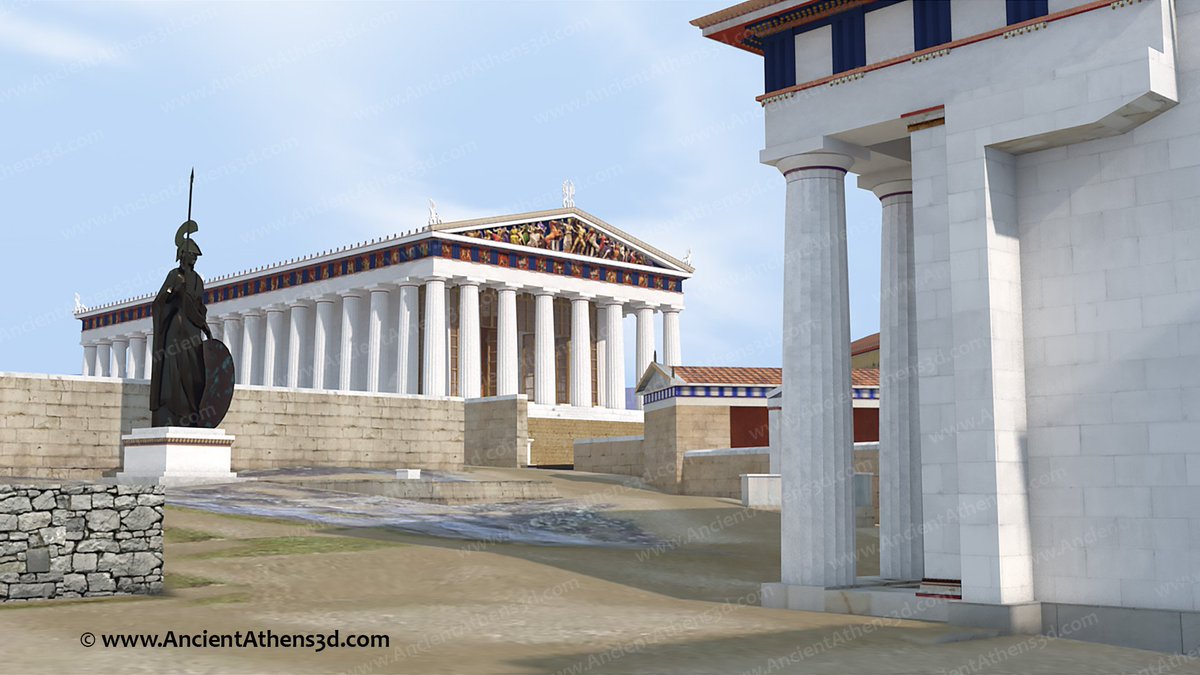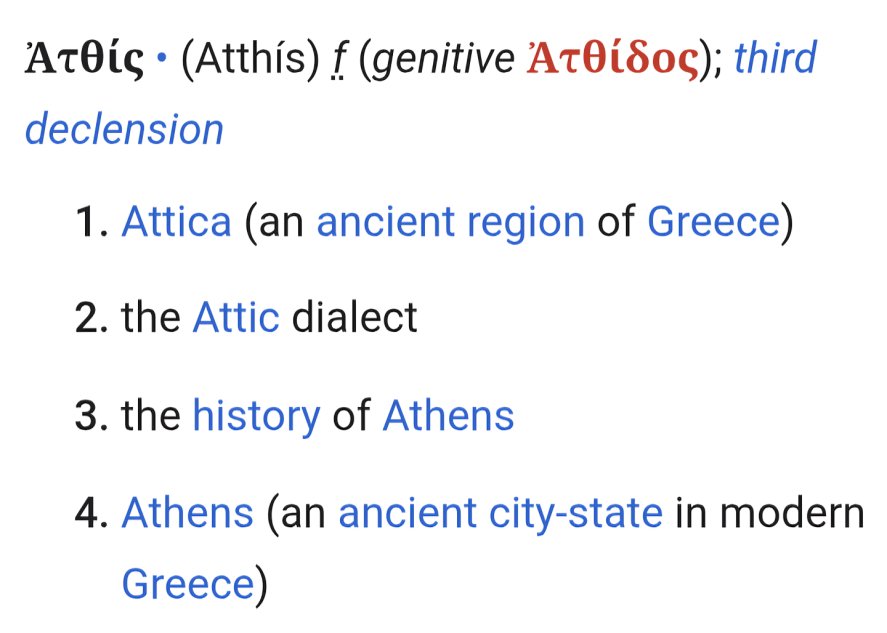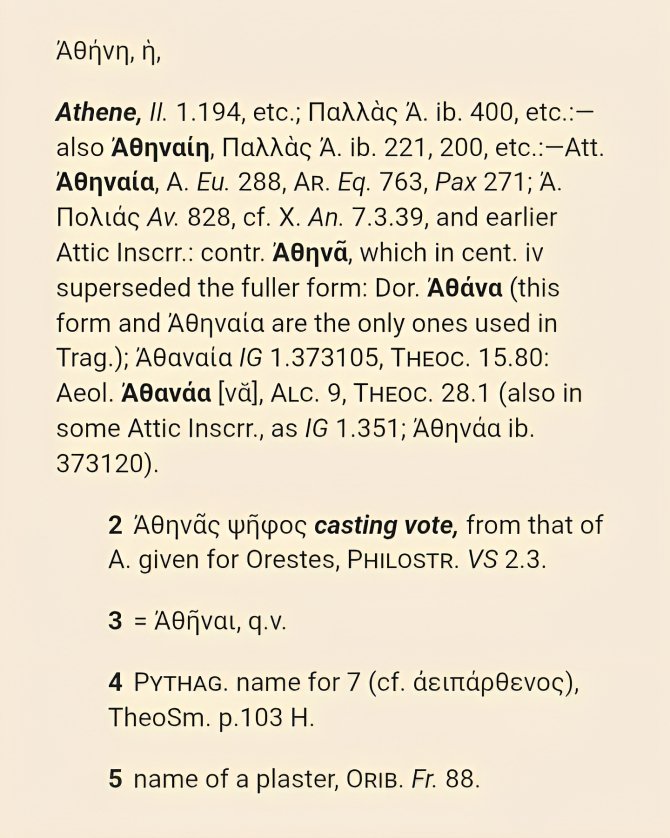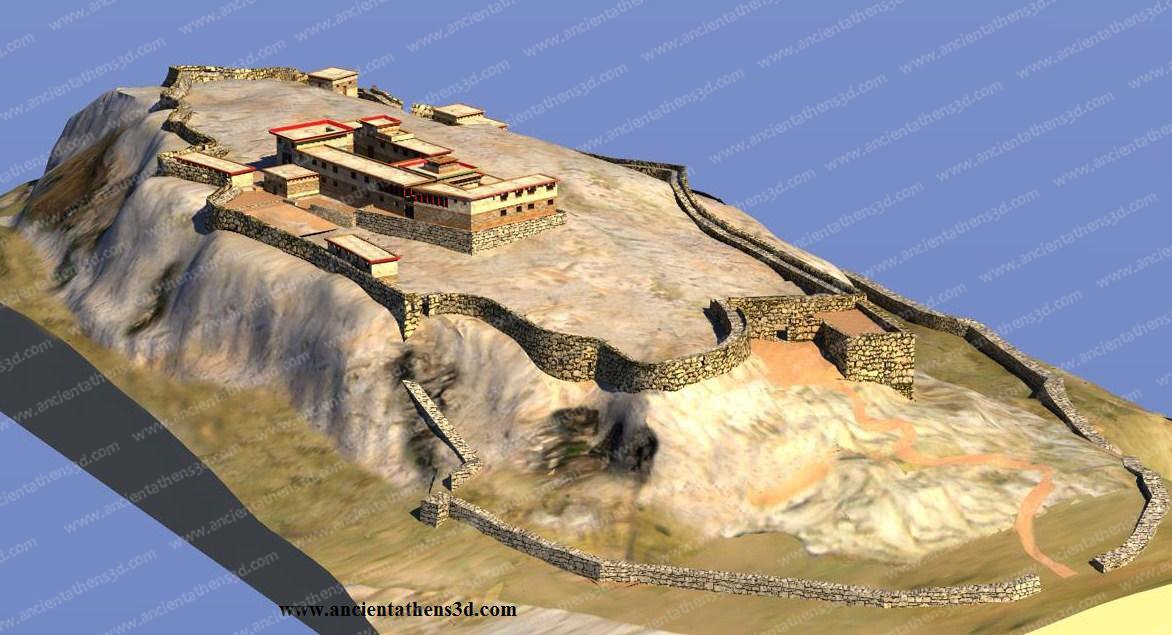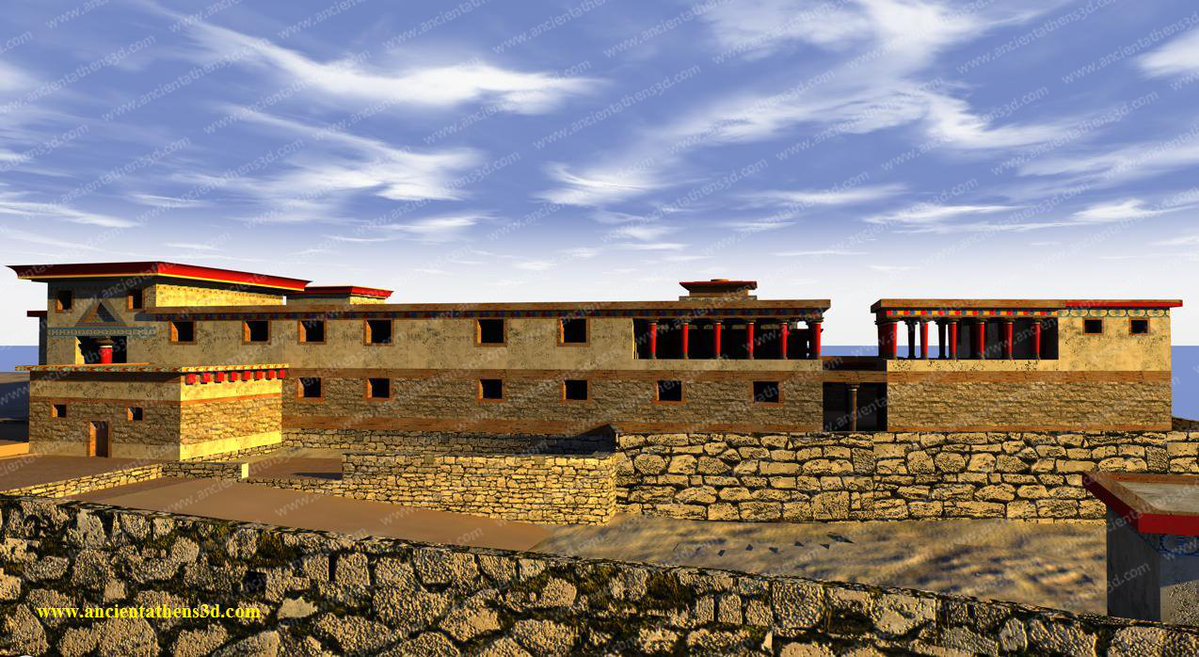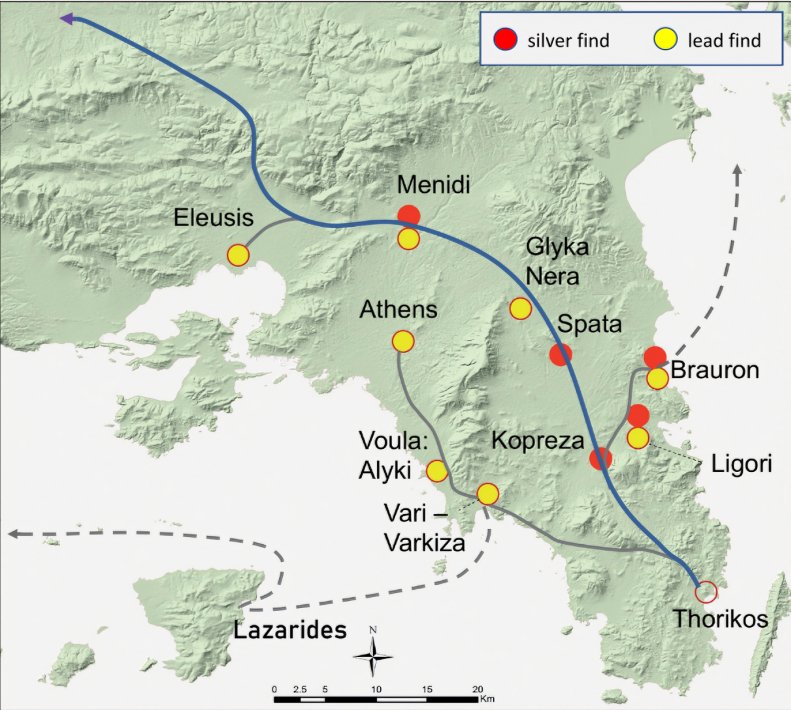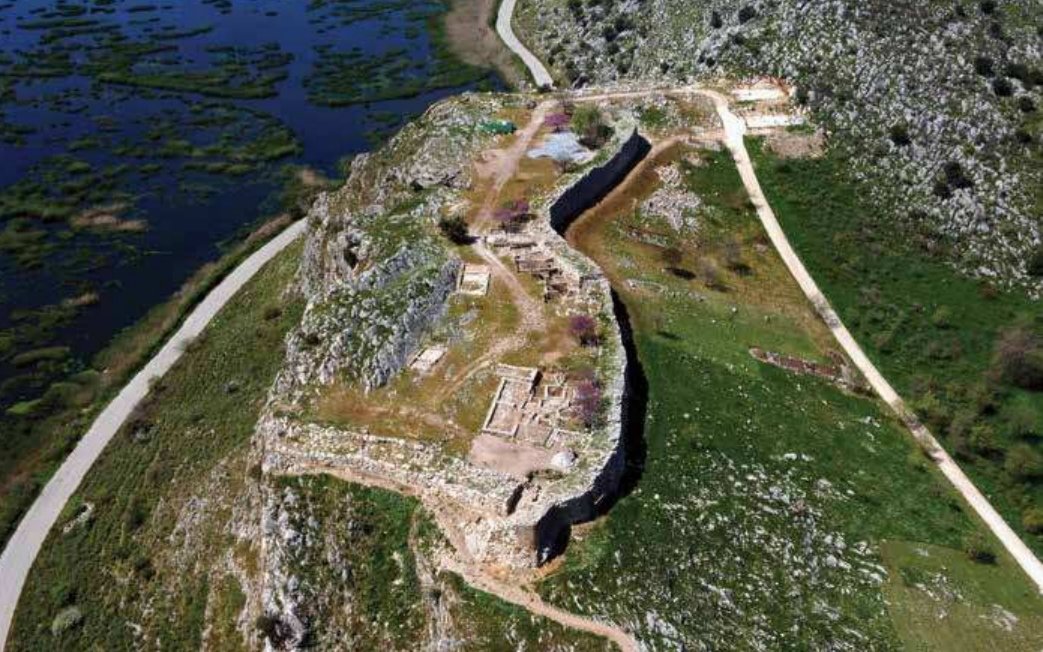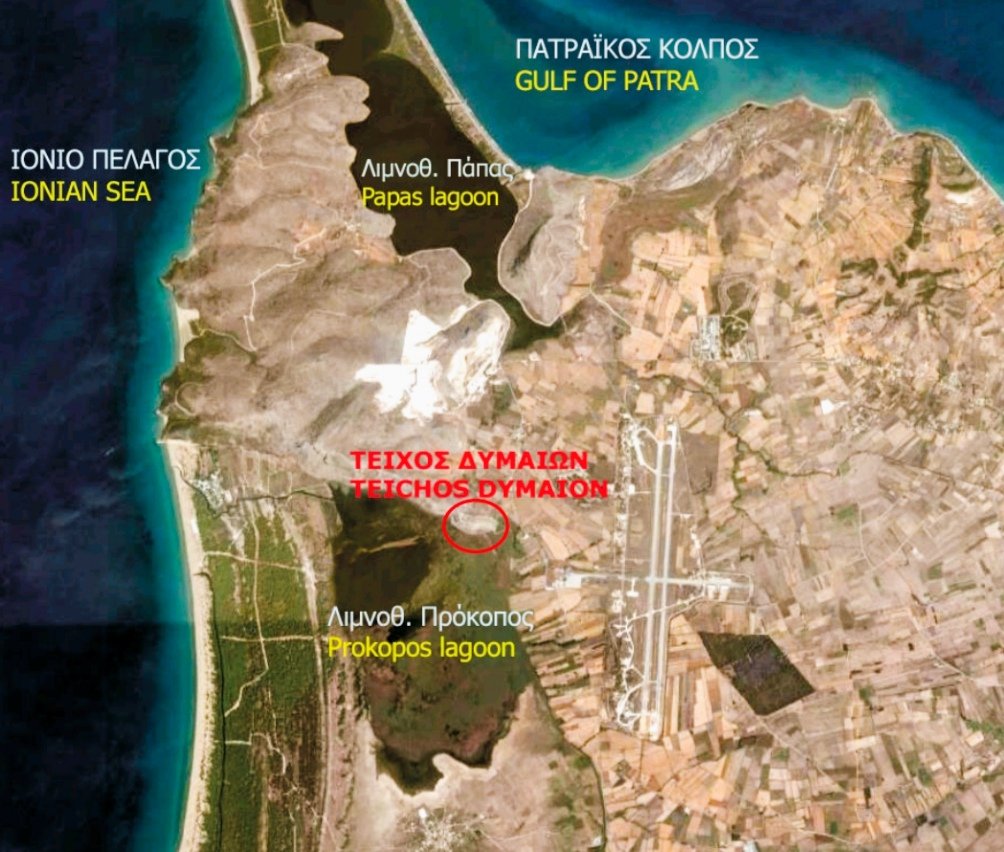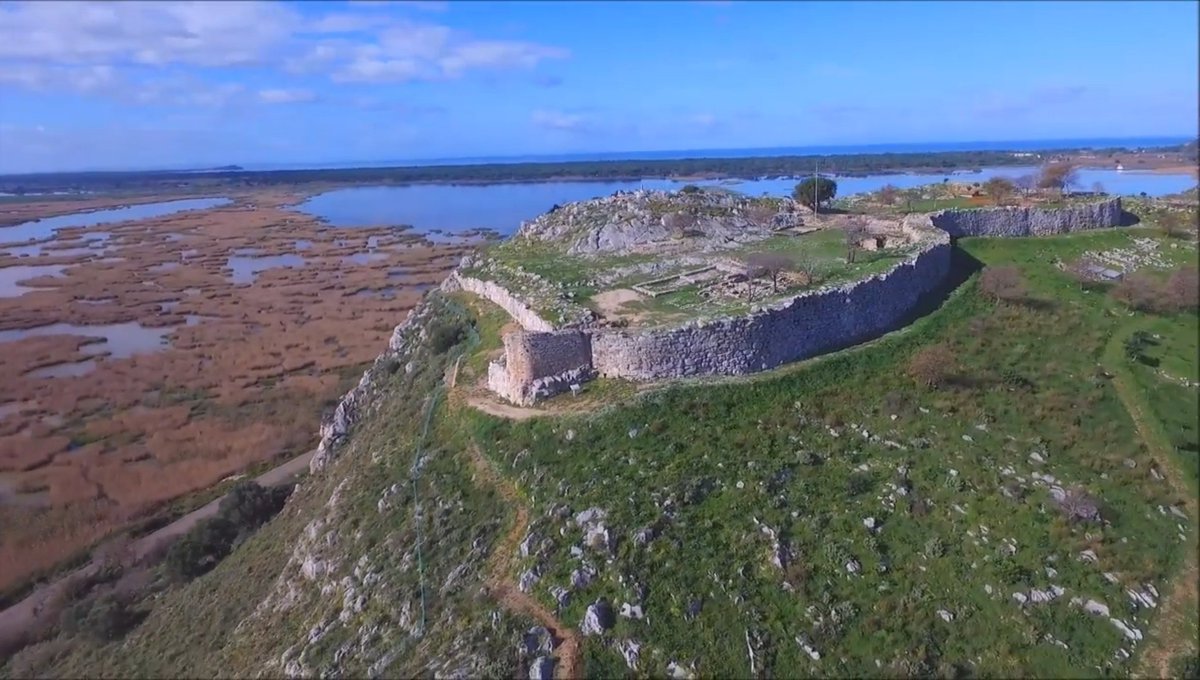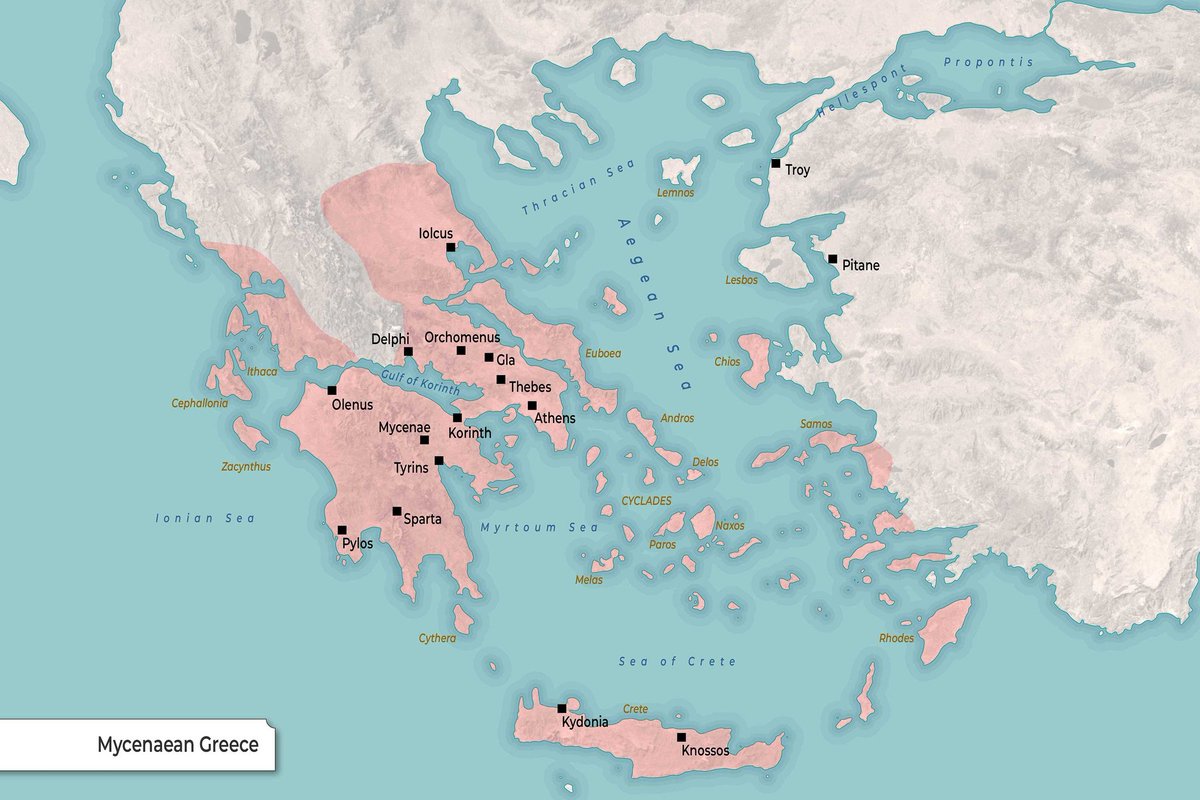1/ The Linear B' tablets of Pylos testify that lawagetas was a very important figure for the local Mycenaean palatial administration, as he is shown to own important lands and dependent personnel. He probably held the most important office after the wanax. 

2/ Although the etymology of the word lawagetas indicates a military character according to Homeric standards (leader of the army), it could be assumed that he was also involved in other non-military affairs, modeled on the archon polemarch of Ancient Athens. 👉 

👉 An additional role of lawagetas may have been that of main coordinator of some working groups (KN As 1516). In PY Un 718 a future payment is shown to be imposed on him, either as an offering to Poseidon, or by the holding of some feast. 

3/ Probably the seat of his activities was in Halls 64 and 65 of the palace of Pylos, the walls of which seem to have been decorated with frescoes depicting war scenes and ships. 👉 

👉 In PY Na 245, it is suggested that the dependent personnel of the lawagetas included mariners (ma-ra-te-we = μαλατῆρες) and charioteers (a-mo-te-wo = ἀρμοτείς). 

4/ The palatial elite of Pylos shortly before the destruction (1190s BC) seems to be strongly militarist, participating in sea raids in various parts of the Aegean where they obtained slaves and had developed a strong military force to guard the western coasts of Messinia. 

5/ The lawagetas certainly had a crucial role in these activities, as well as in the external affairs of the state. Although he came from a warlike courtly elite, his soldiers and mariners seem to have come from the common people (damos) rather than from a specific warrior class. 

• • •
Missing some Tweet in this thread? You can try to
force a refresh





